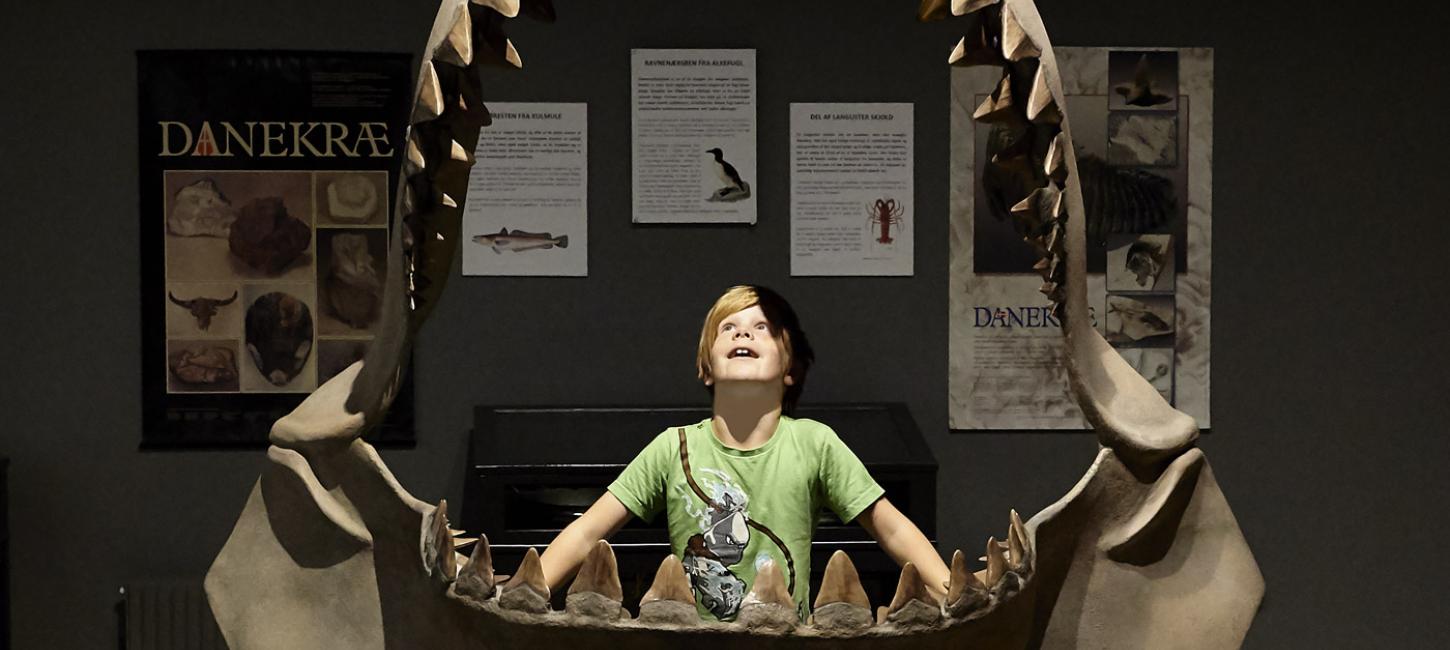
Go fossil hunting in Gram
At Gram Clay Pit you can dig for fossils of marine animals that lived here 10 million years ago.
Have you always dreamt of being a palaeontologist for a day and seeing whether you can dig up a valuable find? Then you have the chance at Gram Clay Pit, which lies around one km north of the town of Gram. Clay used in the production of bricks and drainpipes was excavated from the pit until 1988.
When production ceased, a big hole remained that was of great interest to palaeontologists. The clay in the hole is a former seabed that was deposited some 10 million years ago, thus making it a window into the past where fossils of animals that lived in the sea can be found.
What’s special about the clay pit is that excavations aren’t reserved exclusively for professionals. Visitors can also take part – which is where the chance to play fossil hunter comes in.
Visitors can borrow tools and boots, and during the summer there’s also a guide present. Furthermore, you can keep ordinary fossils if you’re lucky enough to find any – typically snails and other benthic animals. If you make a rare find, however, it must be handed over to the adjacent Gram Clay Pit – Palaeontology museum, where you can see the most important fossils discovered in the clay pit. There are fossils of sharks, seals and seabirds, but the most dramatic are the fossils of whales.
The biggest find during the past 12 years was made in 2019, when the remains of a medium-sized vertebra from a whale were discovered. Later, more bone fragments turned up, and the find is likely to be one of the biggest whale fossil finds in Denmark, although it’s still being preserved and is therefore not yet on display at the museum.